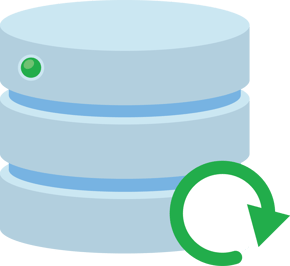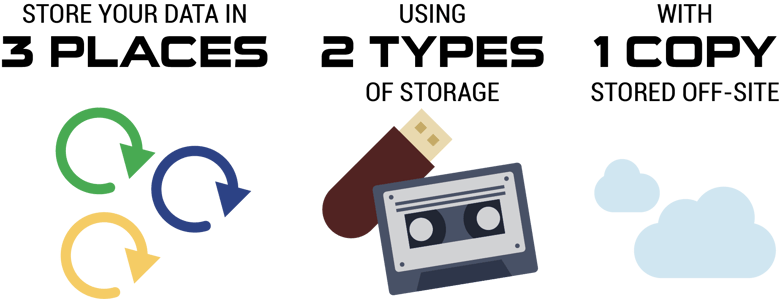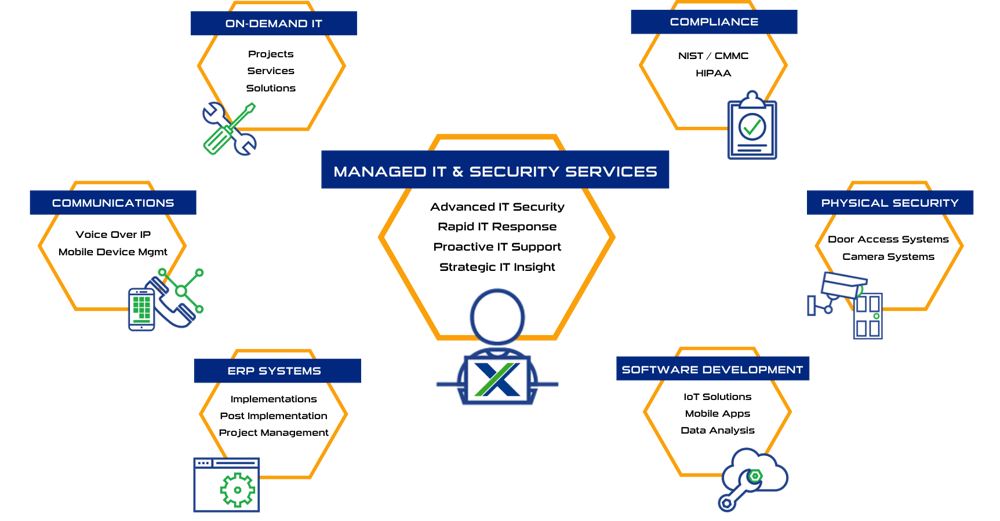Your backup schedule has to work for the amount of data you and your team process in any given period. That’s because, in the event of a disaster, you’d lose any data created between the last backup and the point of failure. This is called the Recovery Point Objective (RPO).
If yours is a business that processes a lot of data, a daily backup might not be enough. A shorter RPO means losing less data but requires more storage capacity and more network resources. That comes at a cost. Longer RPOs are more affordable but mean risking the loss of more data. While most small businesses define a backup period of 24 hours, it’s possible to create tiered RPOs, where critical systems are backed up more frequently, and secondary systems have a longer RPO.
Another important factor is your Recovery Time Objective (RTO). That's the amount of time it takes to recover your data from the point of failure. You know that when your systems are down your company loses money, so it's important to recover quickly to maximize your loss.
Just like RPO, a shorter RTO requires faster storage and technologies. And unsurprisingly, that costs more. For most companies, a few hours is normal.




